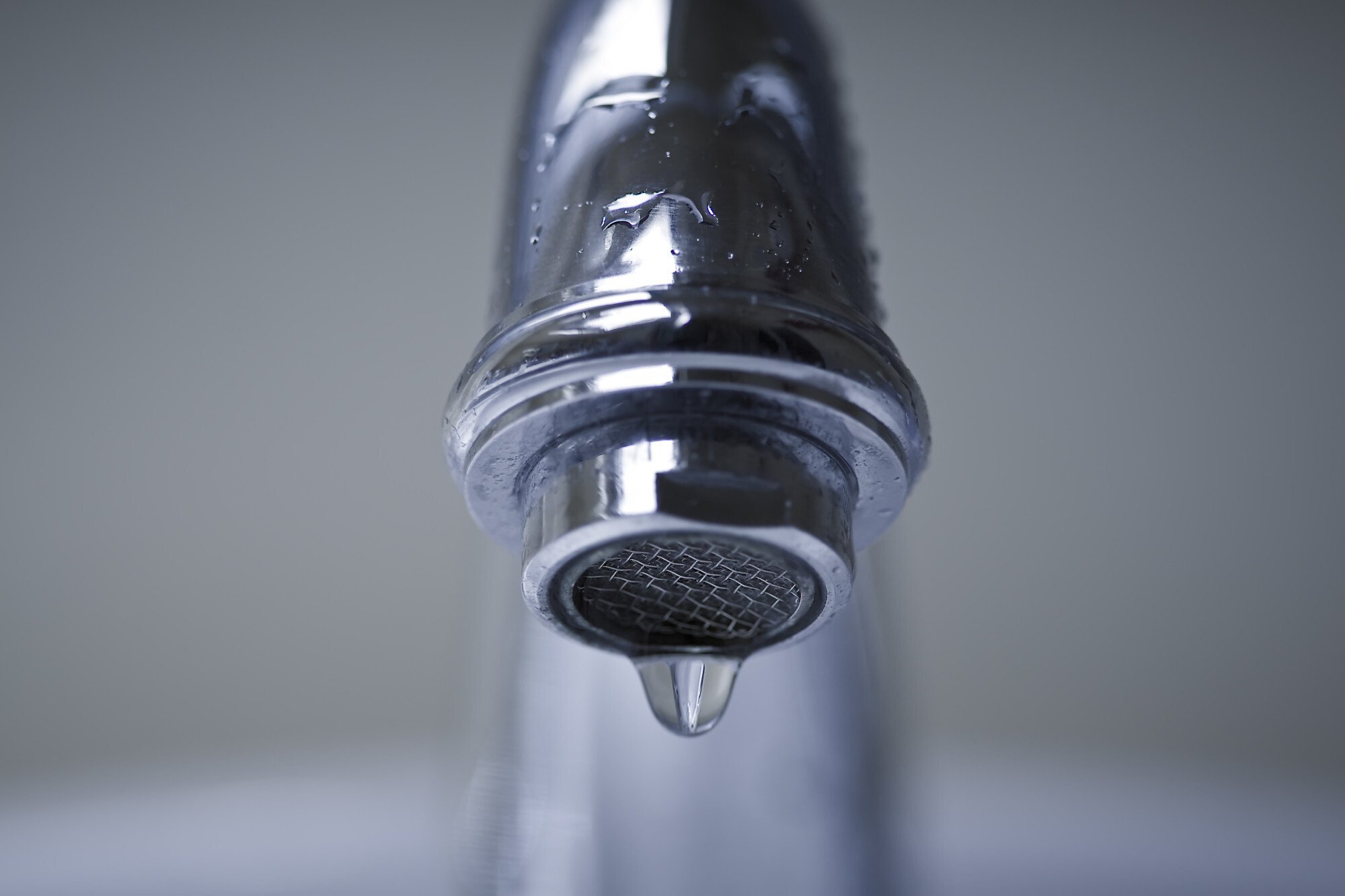Tips on Leaks Detection

You may have noticed water leaking from your plumbing system but you might not be sure where to look for the source. Leaks can come in all shapes and sizes and can be both noticeable and undetectable. When a leak is detected, it's critical to fix it as soon as possible. To detect a water leak, you can use an expert service that is specialized in this area. Here are some tips on leak detection.
A thermal fluid leak detector works by emitting smoke as it is exposed to air. The amount of smoke produced depends on the size of the leak, its temperature, and the air flow around it. Small leaks that are oozing may produce exaggerated amounts of smoke, while a more constant weeping leak will leave a carbon crust and dark stains. Leak detection devices are designed to detect these small leaks and help keep your home or business safe. Visit this site: https://www.leakprosoutheast.com/services/house-and-building-leaks to get these leak detection services now.
Traditional transient-based leak detection requires very high sampling rates, but AE can detect leaking processes even when data is lacking. By using a spatial pattern of a group of nodes, AE leak detection uses a low-cost, data-driven approach to leak detection. The technique can also be trained with non-leaking data. By comparing the AE model to other data-driven methods, it's possible to detect leaks without the help of costly, time-consuming and labor-intensive tests.
Water costs are increasing with each passing year. If your water bill has risen unexpectedly, the source of the problem may be an undetected leak. If you notice small damp areas in your basement or water in your yard, it's most likely that there's a leak somewhere on the water supply line. Leak detection can help you cut your water bills and prevent expensive damage to your property. It's best to hire a professional plumber to conduct the leaks detection before water starts pouring out of your faucet.
AE models can also improve leaking detection accuracy by limiting false alarms.
In this approach, a pipeline leaking in the monitoring area should trigger an alert. The probability of detecting a leak is higher if more than half of the attempts indicate that a leak has occurred. The accuracy of the AE model is based on the number of leak detections and the reconstruction error is larger than the threshold. Similarly, leaks located outside the monitored area shouldn't trigger a leak detection.
Large-diameter pipelines are a common source of leaks, often deep underground. These large-diameter pipelines are often under busy roads. Utility operators cannot afford to shut down service, so finding the leaks early in the process will save time and money. You can click here to learn how inline leak detection can reduce the time and expense of excavation and repair projects. So, it's better to be safe than sorry. So, make sure you have an expert on your team for leaks detection.
Another way to detect a leak is to monitor the temperature of your home's pipes. If your pipes are frozen, they are at risk of bursting or cracking, which would result in costly plumbing repairs and a flood. A leak detection system can help prevent these situations by disabling the water supply until temperatures are warm. This will allow you to turn back on the water supply, or to take immediate action to fix the leak. Then, the system will tell you whether or not your plumbing has a leak.
To get more enlightened on this topic, see this page: https://en.wikipedia.org/wiki/Water_detector.
